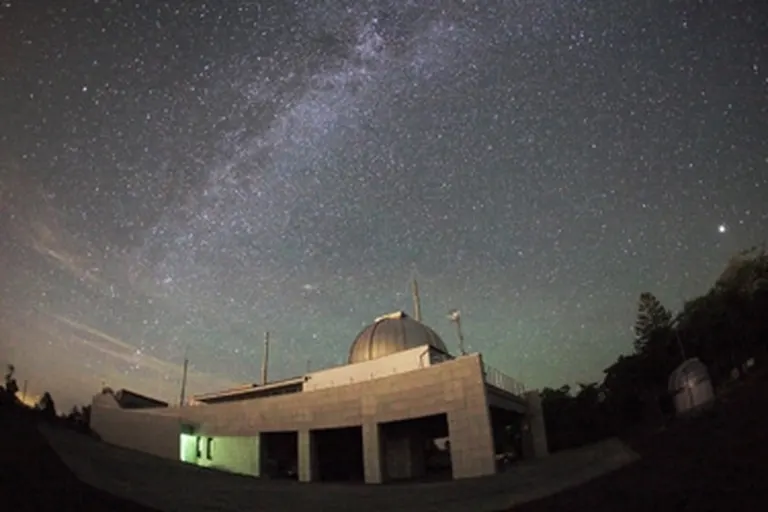SPOT
Galaxy Forest Observatory (Rikubetsu Space and Earth Science Museum)
This is a public observatory that is equipped with a 115cm reflecting telescope, one of the largest in Japan, four 30cm class small telescopes, a quadruple solar telescope, and more.
In the exhibition room on the first floor, you can experience learning about space using beautiful panel displays of the Milky Way Forest, the Aurora Borealis, and space, as well as a space exploration computer and a large 70-inch monitor. The second floor is home to a large telescope dome, a small telescope observation room, and a rooftop plaza where many people can enjoy the starry sky.
Additionally, the General Observatory on the second floor is also home to the Rikubetsu Observatory of the Nagoya University Solar-Terrestrial Environment Laboratory and the Rikubetsu Stratospheric General Observatory of the National Institute for Environmental Studies, and they are primarily engaged in research on the stratosphere, troposphere, auroras, etc.
At the Ginga no Mori Astronomical Observatory, you can use the large telescope "Rikuri" to see various celestial bodies, including planets and the moon that are in season, as well as nebulae, star clusters, and galaxies far away. You can also see bright stars during the day if it's clear.
Business Hours
April to September 14:00 to 22:30
October to March 13:00 to 21:30
regular closing day
Monday and Tuesday
*The 3rd Monday to the 4th Friday of May (closed for telescope maintenance)
*December 28th to January 3rd of the following year
*However, the museum will be open on Mondays and Tuesdays from May 3rd to 5th and August 14th to 16th.
Fee
Adults 500 yen / Elementary and junior high school students 300 yen
Location
Galaxy Forest Observatory, Uenbetsu, Rikubetsu Town, Ashoro District
*Information listed is current as of March 2025.
*The information posted may be subject to change, so please check the official website for details.


















